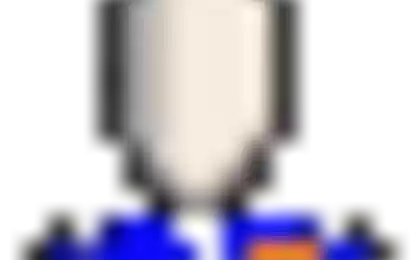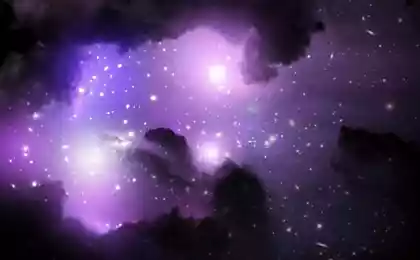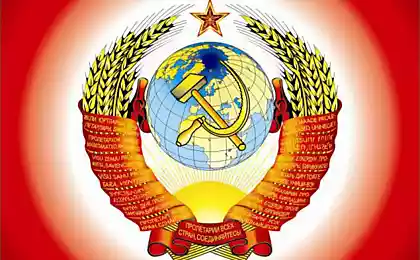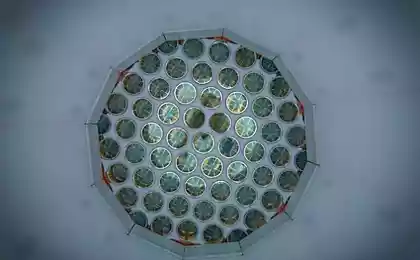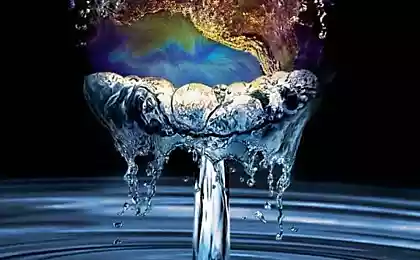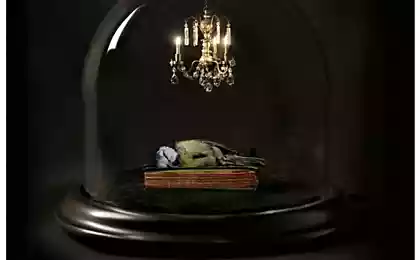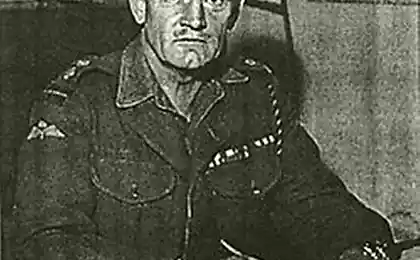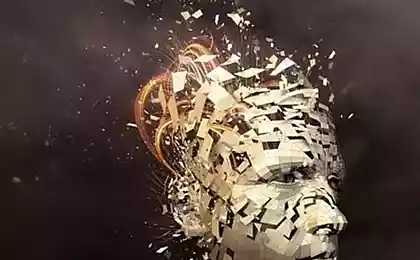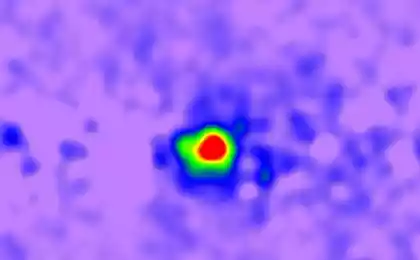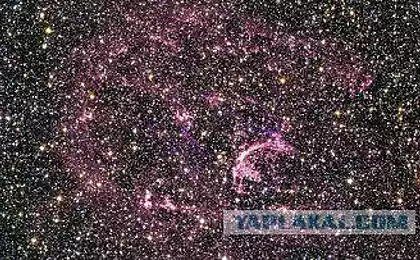471
The origin of life: from matter to living biology
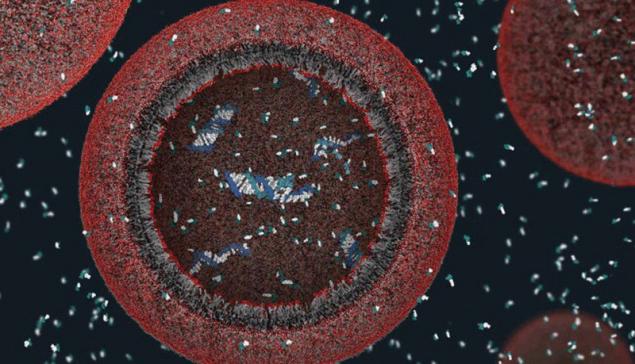
What is the recipe of life? If you created a cell from scratch, what ingredients would you need? The environment in which you would have turned inanimate matter into a living cell? These questions tries to answer Harvard biochemist Jack Szostak, recreating the dynamic world in which was born life.
Shostak is trying to figure out how many different recipes for the creation of life. How life emerged on Earth and whether it could originate on another planet in another way?
"We are looking at a very thin slice of the overall problem," says Shostak. — We assume that we have chemical blocks of life and then wonder what we need to do to these chemicals came together and began to work as a cage?". Shostak, despite his modesty, is an important figure in biochemistry — Nobel laureate, Professor of genetics and scientist Medical Institute Howard Hughes — the project, which he does, in his words, treats the most interesting problem in chemistry. The transition from chemistry to biology, from matter to life.In his laboratory Shostak recreates the chemistry of the early Earth, before the origin of life, to see how the basic building blocks of life — lipids, nucleotides and amino acids — began to gather in larger structures: membrane, RNA molecules and peptides. He wants to know as matter flowed from the lifeless forms of reactions in the chemistry of the first simplest living cells.
Such primitive cell, or protocell, had to be simpler than any modern cells, which is based on the "Central dogma" of biology: DNA contains the genetic code of the cells in the chain of the nucleotides A, T, G and C, transcribed into RNA, and then the factory called the ribosome broadcast RNA in a sequence of twenty amino acids that make up proteins. These proteins control almost all operations of cells, from bacteria to humans: movement, metabolism of food, disposal of waste, acceleration and deceleration of the chemical reactions that copy our genes.
But in the beginning it was not protein: how cells evolved to create them? And how did the first cell as crossed the border of chemistry in a new, living world of biology?
Life probably originated in a small pond or lake, says Shostak, not in the ocean, as suggested by many people. Pools with rain water provided fresh water environment, which could have formed the delicate cell membrane of simple fatty acids that would be destroyed instantly in the salty oceans. In some of these ponds mixed the key elements was heated and cooled in the correct sequence to become life. Inanimate molecules, deposited under thick skin, somehow got the ability to reproduce and evolve: such Shostak sees the definition of life.
Very likely, Shostak believes that life originated near hydrothermal origin: an underwater jet of hot water flowing into the cold water of the ice lake. It was an oven, and freezer where the ingredients of life were prepared, cooled, thawed in the required nucleic acids right, passing through cycles of reproduction, and fatty acid membranes have allowed nutrients to pass into the cell.
The first is a simple "protocell", which Shostak is trying to reproduce in the laboratory — just a coil of genetic material surrounded by a thick skin began to replicate itself with minimal variations, and these variations add to the benefits of certain cells. This diversity has led to a competitive process of Darwinian evolution, says Shostak, and ultimately to the tree of life as we know it today.
"The main thing is the start, the transition from zero genes to one gene". This point of "start" and is a center for research Shostak: to find the first "living chemistry", the transition from chemistry to biology: when a set of molecules for the first time became a living thing.Gradually the efforts of Shostak to bring molecules to life in the laboratory shed light on how could start life on Earth and elsewhere in the Universe. published
P. P. S. And remember, just changing your mind - together we change the world! ©
Source: hi-news.ru
